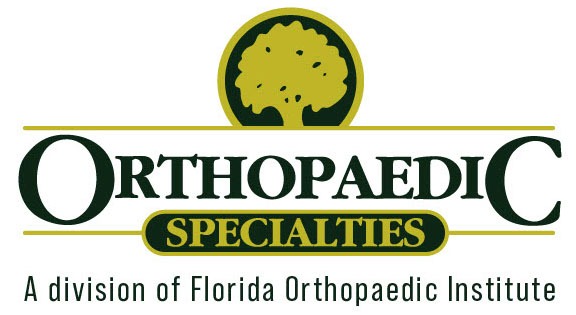Posterior Tibial Tendonitis and Tears
The posterior tibial tendon is one of the major supporting structures of the foot. It is a fibrous cord that starts in the calf muscles, stretches down behind the inside of the ankle and attaches to a bone in the middle of the foot. That bone, the navicular, is a key structure in the arch of the foot. The posterior tibial tendon has an important role because it helps keep the navicular in its proper place to hold up the foot’s arch, and it provides support as a person steps off the toes when walking. If this bone moves out of position because of tendon dysfunction, the arch begins to sag and disappear, and a flatfoot deformity can occur.
If the tendon simply becomes inflamed, a person likely will be diagnosed with posterior tibial tendonitis. In some occasions the tendon can actually tear. A posterior tibial tear is the most common reason for an adult’s flatfoot.
What causes posterior tibial tendonitis or tears?
Posterior tibial tendon problems can occur for a variety of reasons, including:
- Overuse: Overuse symptoms occur after activities that use the tendon, such as walking, hiking or climbing stairs, especially when a person is not used to such activities.
- Degeneration: Long-term wear and tear can lead to tendonitis or a tear.
- Trauma: A traumatic injury to the tendon can occur with a blow to the inside of the ankle or with a twisting injury. This is more likely for athletes involved in sports such as basketball, soccer or hockey. Excessive force placed on the foot, such as running on a banked road or track, can cause problems, too.
Additional contributing factors may include:
- Being overweight, which stretches the tendon and makes it more prone to irritation and tears.
- Having previous surgery or trauma to the foot.
- Having had previous steroid injections.
- Having certain pre-existing diseases, such as rheumatoid arthritis or diabetes mellitus, which makes a person more susceptible to problems.
What are the symptoms of posterior tibial tendonitis and tears?
In most cases, the symptoms of posterior tibial tendonitis develop gradually. When the tendon tears, the symptoms are more obvious. Symptoms may include the following:
- Pain and swelling on the inside of the ankle.
- Loss of the arch and the development of a flatfoot.
- A rolling of the ankle and foot inwards.
- Weakness pointing the toes inward toward the foot.
- An inability to stand on the toes of the affected foot.
- Tenderness over the midfoot, especially when under stress during activity.
- Gradually developing pain on the outer side of the ankle or foot as the arch flattens even more.
- A popping sound associated with pain on the inside of the ankle when the tendon is suddenly torn during an activity.
How are posterior tibial tendonitis and tears treated?
Without treatment, the flatfoot that eventually develops can become rigid and a permanent deformity may result. This leads to difficulty walking, arthritis and increased pain. Therefore, it is important to treat posterior tibial tendon problems as soon as possible. The treatment recommended depends upon the severity of the problems.
In the early stages, treatment may include:
- Rest from activities that irritate the tendon.
- Anti-inflammatory medications.
- Immobilization of the foot with a walking cast or boot to prevent motion.
- Orthotic devices that may include shoe inserts to support the heel and arch or even an ankle stirrup brace.
- Physical therapy to rehabilitate the tendon and muscle following immobilization.
In more advanced stages, surgery is often required. Surgical options may include cleaning away and removing any inflamed tissue around the tendon, realigning the foot bones, fusing some of the bones together or transferring fibers from another healthy tendon to repair the damaged posterior tibial tendon. The orthopaedic surgeon may use just one of these options or a combination of them.
After surgery, a patient is required to wear a cast for at least six to eight weeks. An intensive physical therapy rehabilitation program is also required to strengthen the supporting muscles, increase flexibility and heal the tendon.
